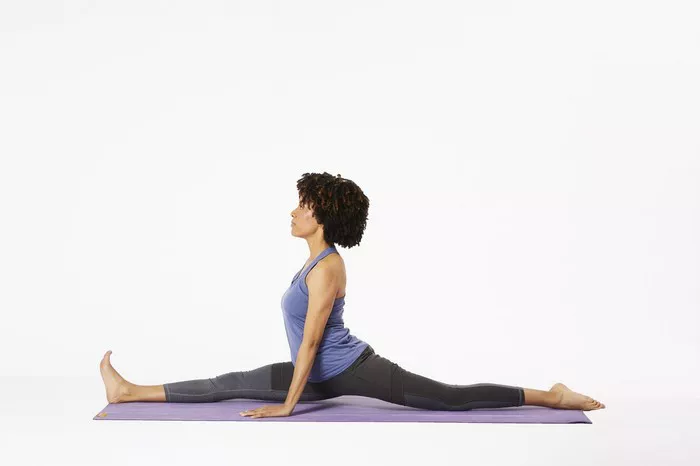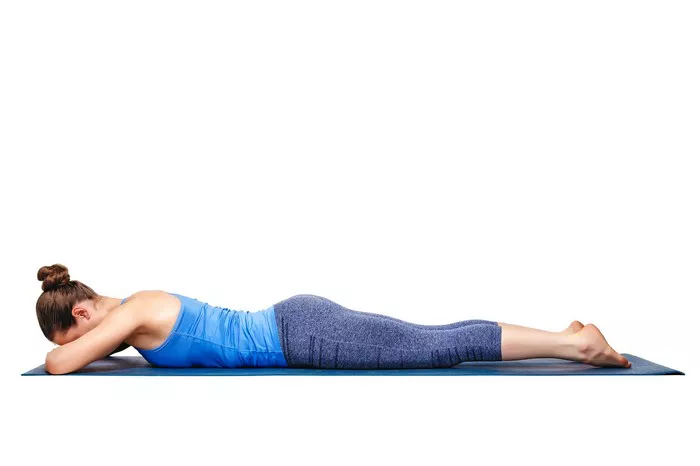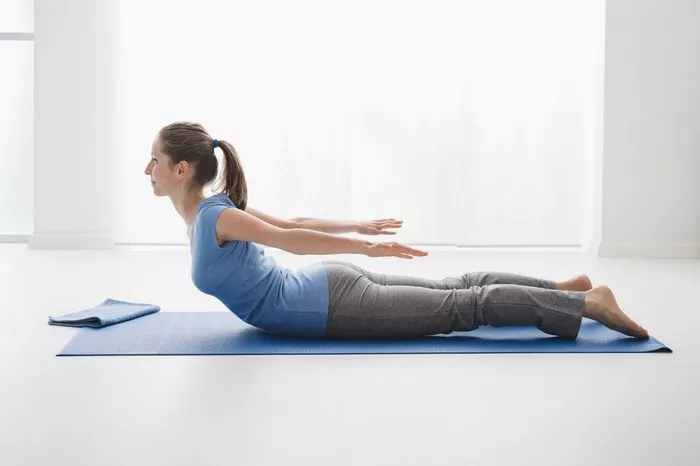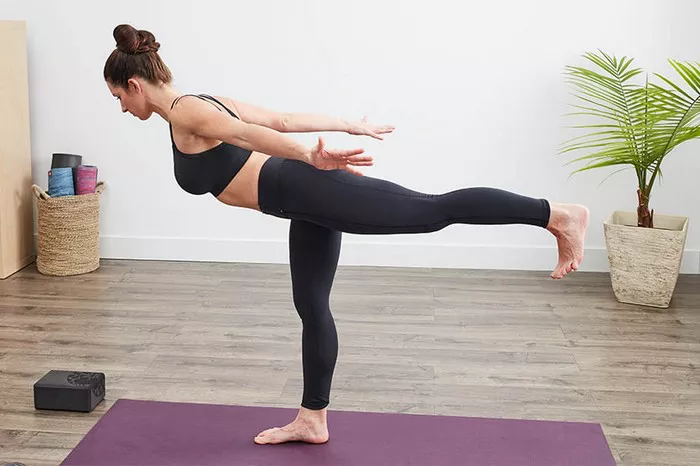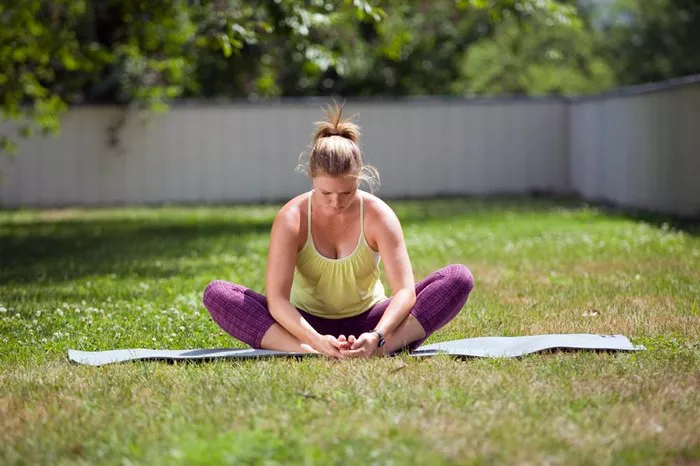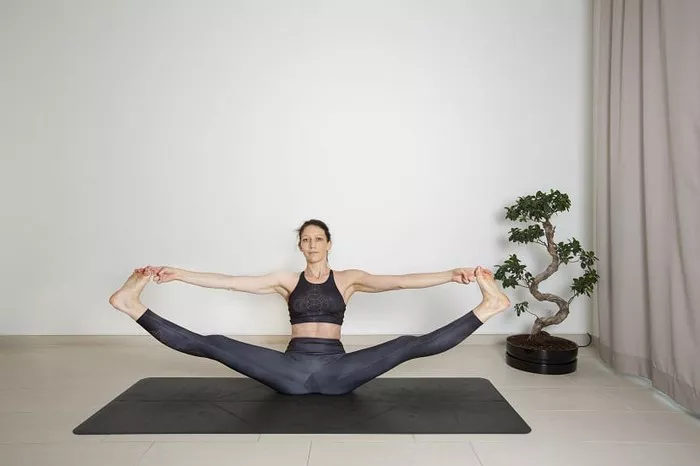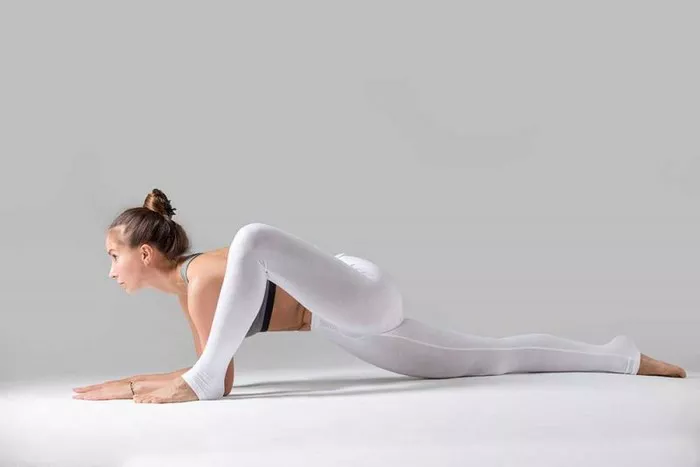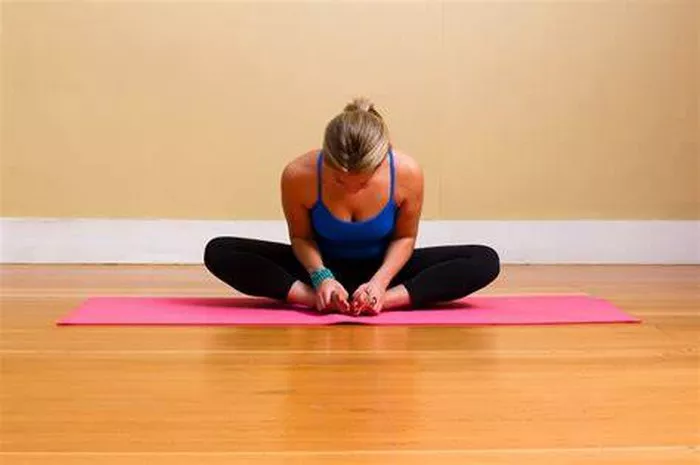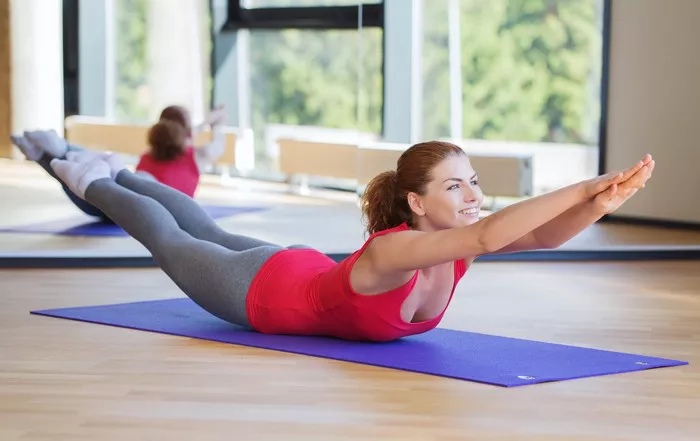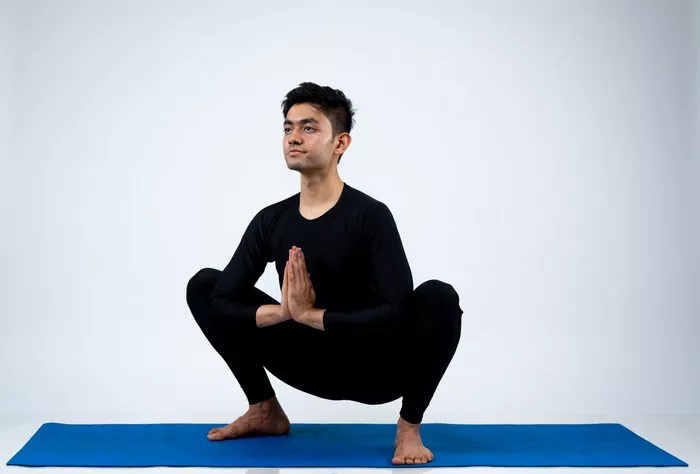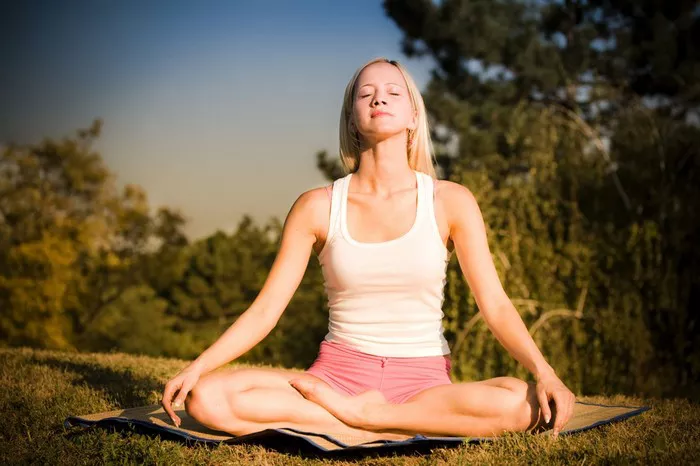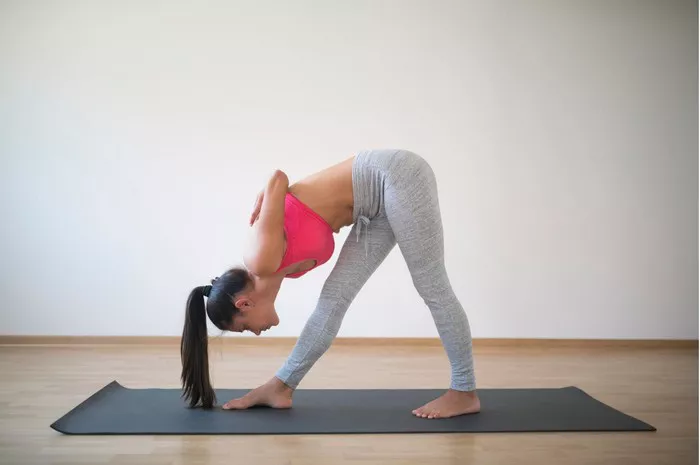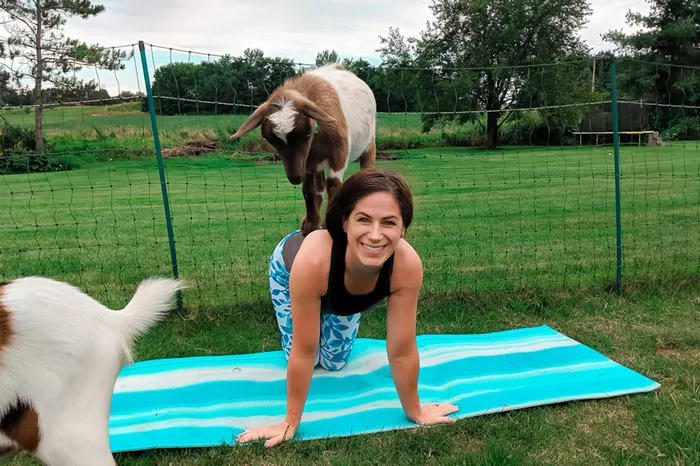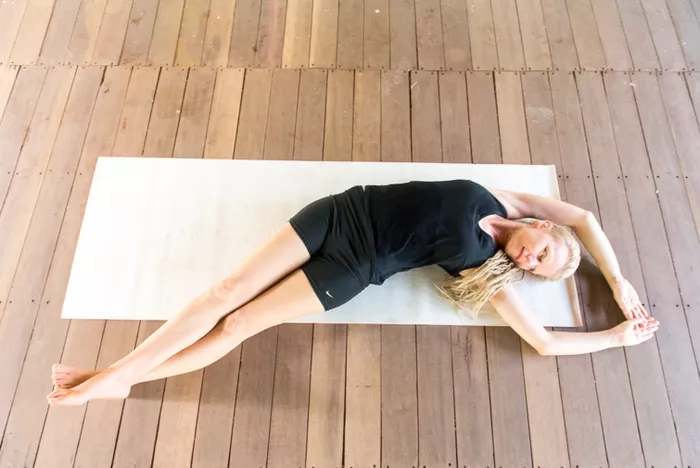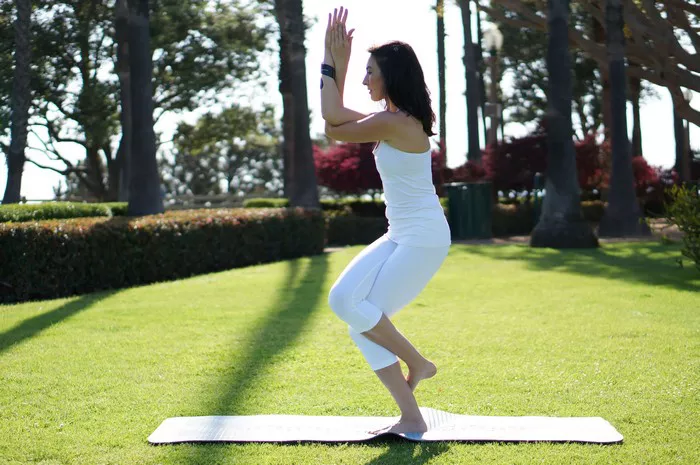Emotions are deeply stored in our bodies, often manifesting as tension, pain, or even illness when left unresolved. Yoga, as a holistic practice, provides a unique pathway to access and release these buried emotions. Through breathwork, movement, and mindfulness, yoga helps individuals reconnect with their inner selves, promoting mental clarity and emotional freedom. Emotional release in yoga is not just about crying or outward expression; it’s about acknowledging, processing, and ultimately letting go of what no longer serves you.
The Science Behind Yoga and Emotional Health
Modern research supports the idea that yoga positively influences the nervous system, particularly the parasympathetic branch responsible for rest and healing. When you engage in yoga, your body reduces cortisol levels, decreases anxiety, and enhances serotonin production. This hormonal and neurological shift creates a conducive environment for emotional healing. Additionally, yoga activates the vagus nerve, a crucial component in emotional regulation and resilience.
Key Components of Yoga That Aid Emotional Release
Several integral elements of yoga make it effective for emotional release:
- Breathwork (Pranayama): Conscious breathing helps regulate the nervous system and release trapped energy.
- Asanas (Postures): Specific poses target areas where emotions are stored, like the hips, chest, and shoulders.
- Meditation and Mindfulness: These practices foster awareness and compassion, key for processing difficult emotions.
- Chanting and Sound: Vibrational therapy through sound helps in breaking emotional blocks.
- Savasana (Corpse Pose): This relaxation posture allows integration and reflection, solidifying the emotional healing process.
Top Yoga Styles for Emotional Release
1. Yin Yoga
Yin Yoga is a slow-paced style where postures are held for several minutes. This practice targets the deep connective tissues and joints, areas where emotional tension often resides. The stillness of Yin Yoga allows practitioners to confront uncomfortable feelings with patience and mindfulness. It is particularly effective for those experiencing grief, anxiety, or depression.
2. Kundalini Yoga
Kundalini Yoga combines dynamic movements, breathwork, chanting, and meditation. It is specifically designed to awaken the energy at the base of the spine and move it upward through the chakras. This energetic stimulation often results in the spontaneous release of pent-up emotions. Practicing Kundalini can lead to profound emotional catharsis and spiritual awakening.
3. Hatha Yoga
Hatha Yoga, one of the oldest forms of yoga, emphasizes physical postures and breath control. Its balanced and steady approach is ideal for beginners seeking emotional clarity. The simplicity of Hatha allows practitioners to focus on alignment and internal sensations, making it easier to recognize and release suppressed emotions gradually.
4. Vinyasa Flow
Vinyasa is a more dynamic style where movement is synchronized with breath. While it’s often viewed as physically intense, its rhythmic nature promotes a meditative state that helps in emotional processing. By flowing through postures, practitioners often experience a release of emotional blockages, especially when combined with intentional breathing and focus.
5. Restorative Yoga
Restorative Yoga involves the use of props to support the body in passive poses. It promotes deep relaxation and helps the nervous system recover from stress. This calming environment encourages introspection and emotional openness. Restorative Yoga is ideal for people dealing with burnout, chronic stress, or emotional trauma.
Poses That Facilitate Emotional Release
Certain yoga poses are particularly effective in unlocking emotional energy:
- Pigeon Pose (Eka Pada Rajakapotasana): Releases stored grief and tension in the hips.
- Camel Pose (Ustrasana): Opens the heart center, encouraging vulnerability and emotional expression.
- Child’s Pose (Balasana): Promotes a sense of safety and surrender, ideal for grounding emotions.
- Bridge Pose (Setu Bandhasana): Stimulates the spine and emotional centers.
- Seated Forward Bend (Paschimottanasana): Encourages introspection and emotional release through physical surrender.
Breathwork Techniques for Emotional Balance
1. Nadi Shodhana (Alternate Nostril Breathing)
This technique balances the left and right hemispheres of the brain, promoting emotional stability. It is excellent for calming anxiety and improving focus.
2. Bhramari (Bee Breath)
The humming sound created during this practice soothes the nervous system and helps release inner tension.
3. Kapalabhati (Skull Shining Breath)
A vigorous technique that energizes the body and clears mental fog. It’s useful for releasing frustration or anger.
Meditation Practices to Complement Your Yoga Routine
Meditation is a powerful companion to yoga when addressing emotional health. Practices like Loving-Kindness Meditation or Body Scan Meditation deepen emotional awareness and foster acceptance. Regular meditation rewires neural pathways associated with stress and emotional reactivity, encouraging a calmer, more present state of mind.
How to Create a Personalized Yoga Routine for Emotional Release
Designing a yoga routine tailored to emotional release involves:
- Assessing Emotional Needs: Identify which emotions you want to work on, such as anger, grief, or anxiety.
- Choosing the Right Style: Select a yoga style that resonates with your emotional needs.
- Setting an Intention: Begin each session with a clear intention to release or understand a particular emotion.
- Combining Techniques: Mix asanas, breathwork, and meditation for a holistic experience.
- Maintaining Consistency: Practice regularly to see lasting emotional benefits.
Signs of Emotional Release During Yoga
Emotional release may manifest in various ways during or after practice:
- Crying or laughing unexpectedly
- Tingling or warmth in certain body parts
- Vivid memories or emotions resurfacing
- A deep sense of relief or lightness
- Sudden clarity or insight
These signs indicate that emotional energy is being processed and released. It’s important to honor these experiences without judgment.
The Role of Instructors and Safe Spaces
A knowledgeable instructor can greatly enhance your experience by guiding you through safe, emotionally intelligent practices. Group classes or one-on-one sessions with trauma-informed teachers can provide a secure environment for deeper emotional work. Always communicate your needs and boundaries to your instructor.
Precautions and Considerations
While yoga is generally safe, emotional release can be intense. Consider the following precautions:
- Start slowly, especially if dealing with trauma.
- Avoid pushing yourself into discomfort.
- Consult with a mental health professional when needed.
- Stay hydrated and rest after deep sessions.
- Practice in a quiet, safe space free of distractions.
Integrating Yoga Into Daily Life for Ongoing Emotional Health
Yoga’s benefits multiply when incorporated into daily routines. Begin with short practices and gradually build up. Morning sessions can set a positive tone for the day, while evening practices can help process daily emotions. Journaling after yoga can further assist in emotional reflection and integration.
Conclusion
Yoga offers a powerful, multifaceted approach to emotional release. Whether through slow, introspective styles like Yin or more dynamic ones like Vinyasa, each path holds the potential for profound emotional healing. By incorporating breathwork, mindful movement, and meditation, you can create a practice that supports not just physical well-being, but emotional resilience and self-understanding. Always approach your practice with compassion, patience, and openness to the unfolding journey.
FAQs
Q: How often should I practice yoga for emotional release?
A: Ideally, 3-5 times per week for at least 30 minutes, combining movement, breathwork, and meditation.
Q: Is it normal to cry during yoga?
A: Yes, crying is a natural response and can indicate that emotional blockages are being released.
Q: Can beginners practice yoga for emotional release?
A: Absolutely. Start with gentle styles like Hatha or Restorative Yoga and gradually explore others.
Q: What should I do after an emotional release in yoga?
A: Rest, hydrate, and consider journaling to process your experience. Seeking support from a therapist can also be beneficial.
Q: Can yoga replace therapy?
A: Yoga is a valuable complement to therapy but not a substitute. For deep-seated issues, professional guidance is recommended.
Related Topics:

